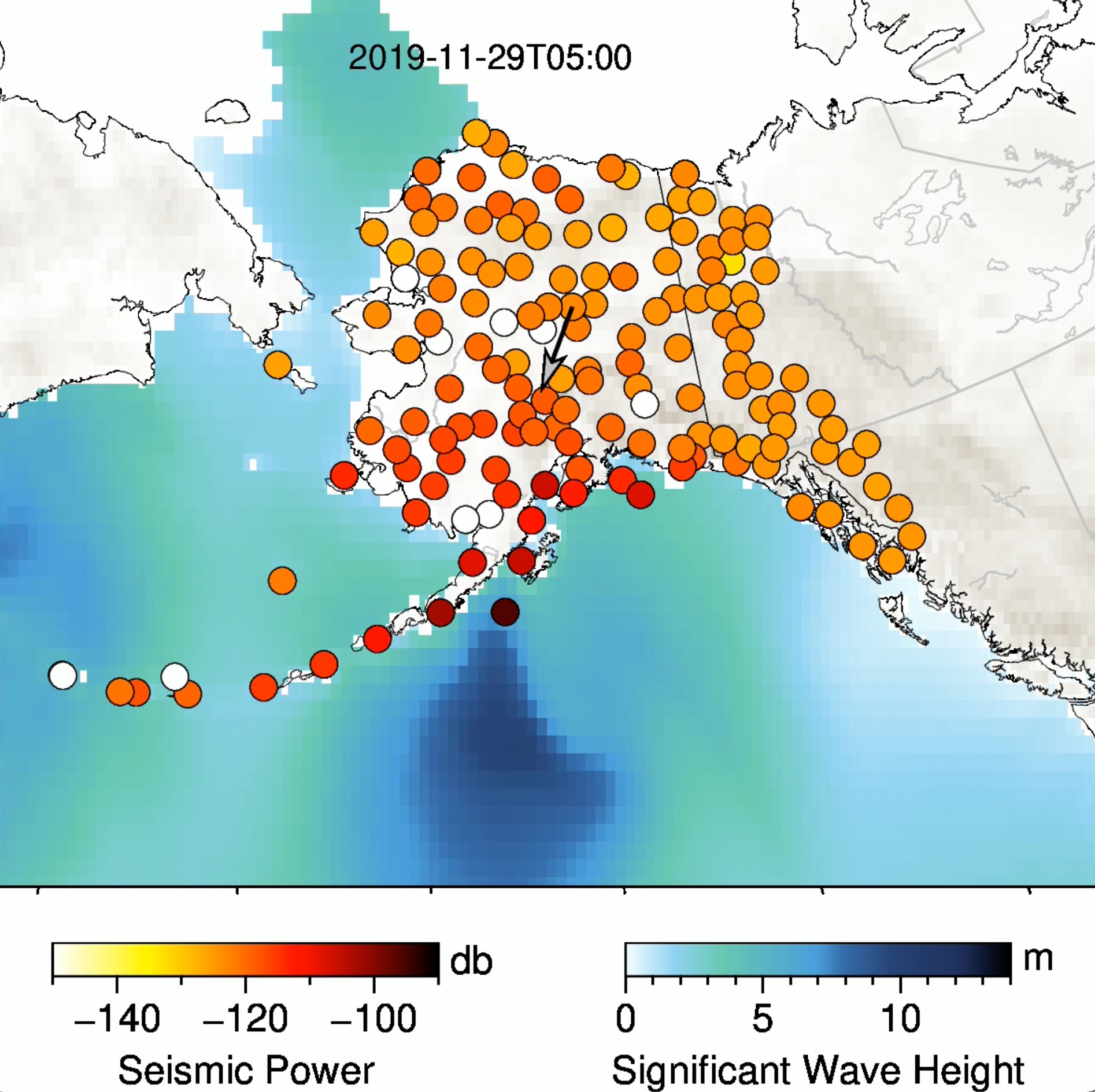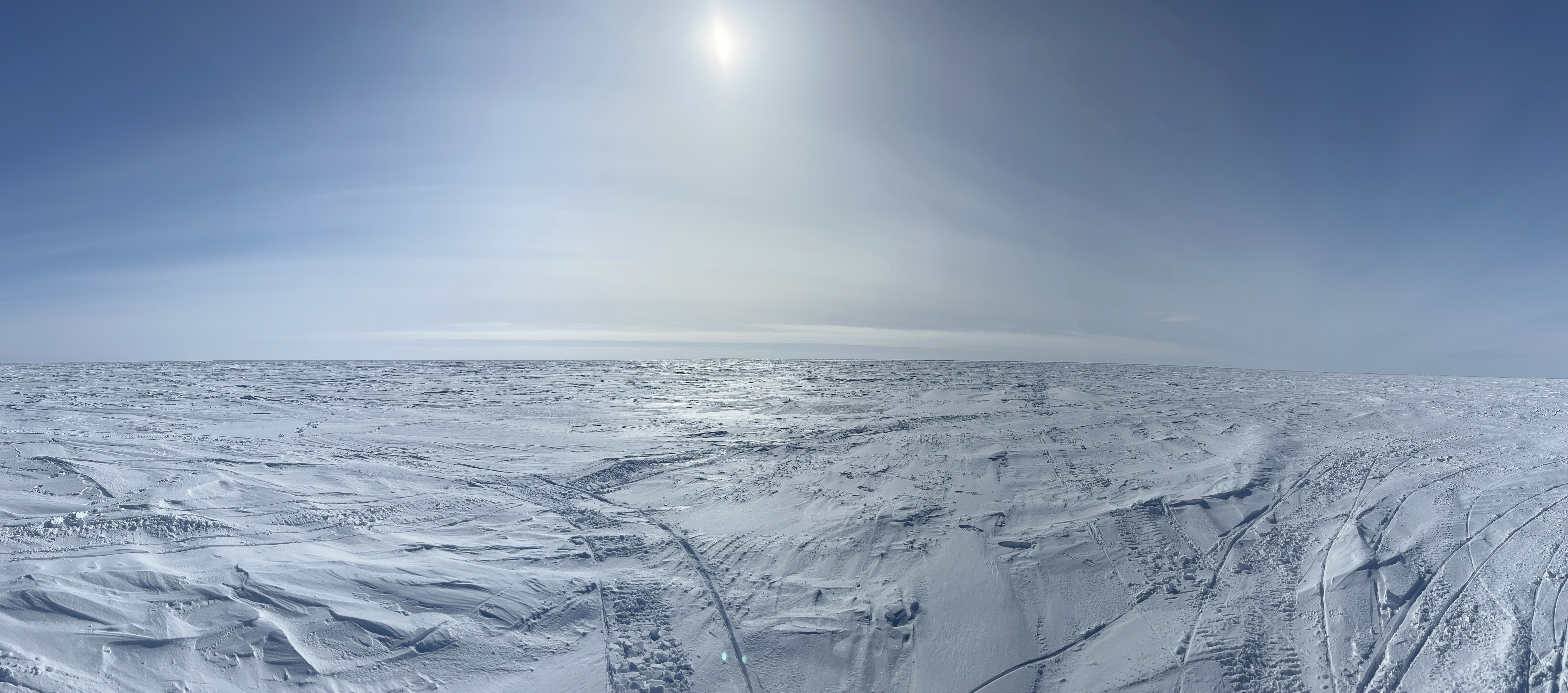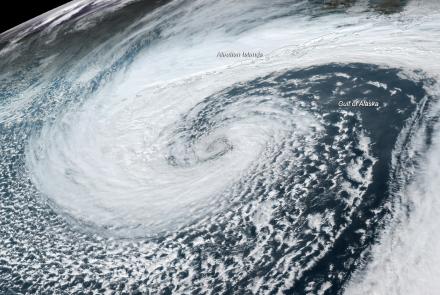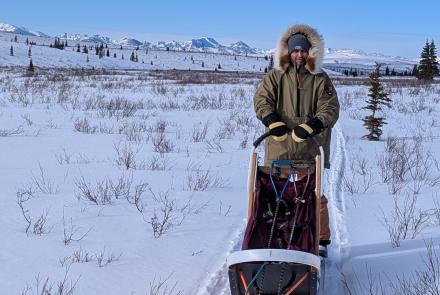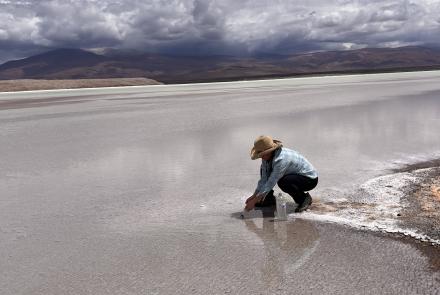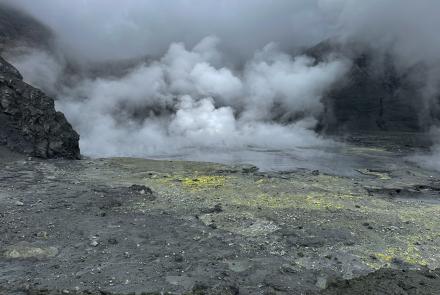
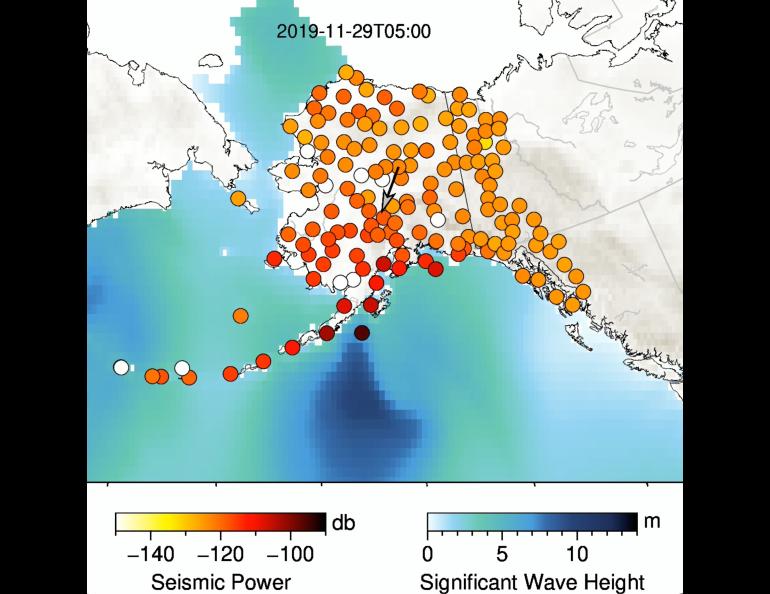
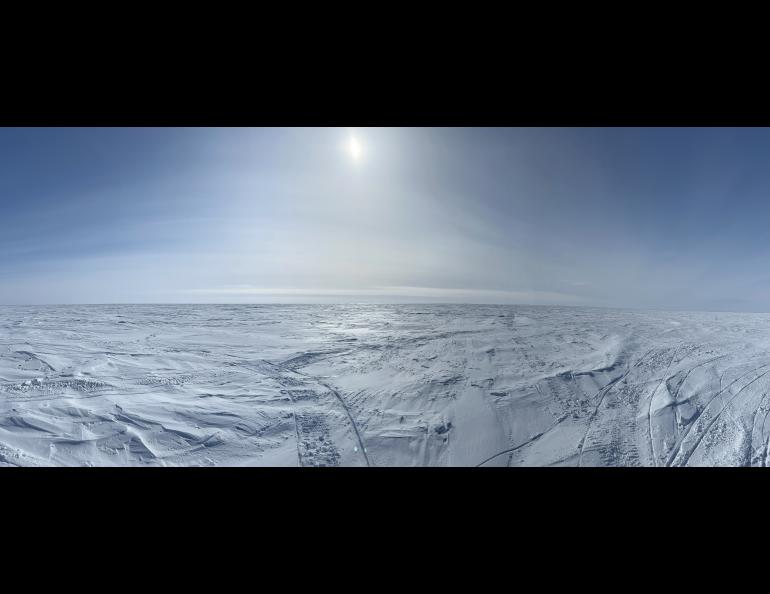
Vibrations so small you can’t feel them hold Alaska climate secrets
Tiny Gulf of Alaska ocean wave vibrations unnoticeable by humans reach as far north as the state’s Arctic coastline. These and other very low-frequency vibrations running every day through Alaska from ocean waves offer insight into climate changes.
Research by doctoral student Sebin John at the University of Alaska Fairbanks Geophysical Institute shows a correlation between ocean waves and seismic signals recorded in the ground in Alaska. The signals are also strongly affected by sea ice.
John’s work was published April 2 in Journal of Geophysical Research: Solid Earth. Michael West, director of the Alaska Earthquake Center at the Geophysical Institute, is a co-author.
The seismic signals, called microseisms, appear as continual background noise for seismologists focusing on earthquake data.
John finds them useful.
“There is a revival of a field called the environment of seismology,” John said. “It is using seismology to learn about climate change.”
Microseisms provide a long‐term record of meteorological, seasonal and climate influences, John writes in the research paper.
While numerous methods exist for tracking the evolution of phenomena driven by climate — such as ocean storms and sea ice — seismic noise is among the few that has captured second-by-second changes around the globe continuously over decades.
Analyzing microseismic activity provides an additional method of researching current and past storm trends, intensity and trajectories, as well as the dynamics of sea ice.
Microseisms come in three types of signals, each tied to a different oceanic process: primary, secondary and short-period secondary. John focused on secondary and short-period secondary waves.
Secondary microseisms are the strongest of the three and arise from the interaction of opposing wave systems in deeper water. These waves, called standing waves, oscillate vertically in place.
“Energy from standing waves gets transmitted through Earth as secondary microseisms many thousands of miles without substantial weakening,” John said.
The amount of energy from a standing wave varies by storm but generally creates several decibels of additional power for each few feet of wave height.
Short-period secondary microseisms are typically generated by shorter wind-driven waves near shore and don’t travel as far.
“We have modern instruments now, and our coverage across the globe has improved significantly, so we have a significant amount of data,” John said. “We have long-term data, and that’s important for studying the climate, and that’s where Alaska comes in. Alaska has a lot of seismic stations.”
Using data from 155 seismic stations spanning Alaska and western Canada, John looked for a correlation between storm and sea ice behavior and microseismic signals in six regions across the state.
John found that the Gulf of Alaska, with its strong storms and lack of ice, is the primary source of far-reaching secondary microseisms, which were recorded by sensors in each of his six designated regions.
He also found that sea ice suppresses short-period secondary signals.
These results show how seismic noise acts as a record of wave and ice action.
“What we are trying to do with this research is better understand environmental change through the use of seismology,” John said. “The Arctic is quite important in terms of climate change.”
• Sebin John, University of Alaska Fairbanks Geophysical Institute, sjohn19@alaska.edu
• Rod Boyce, University of Alaska Fairbanks Geophysical Institute, 907-474-7185, rcboyce@alaska.edu


